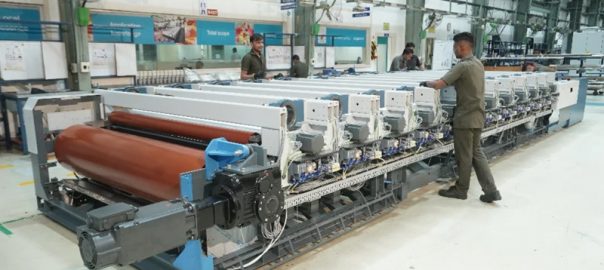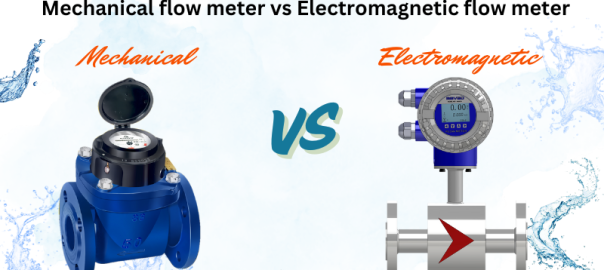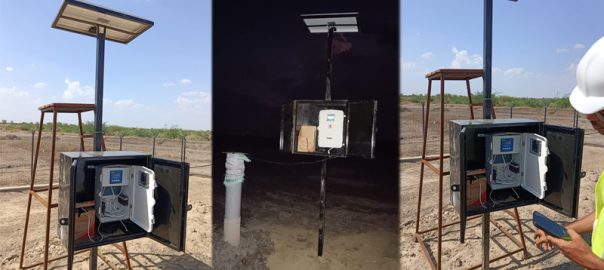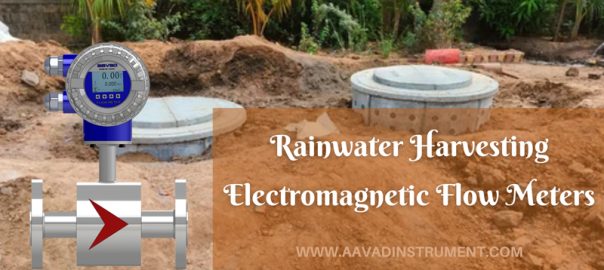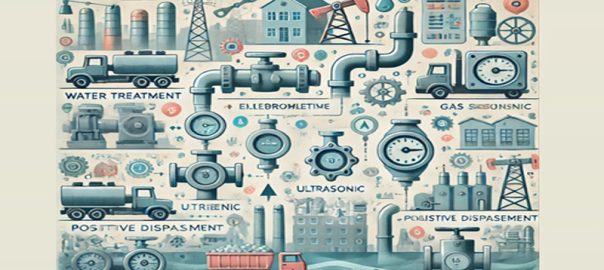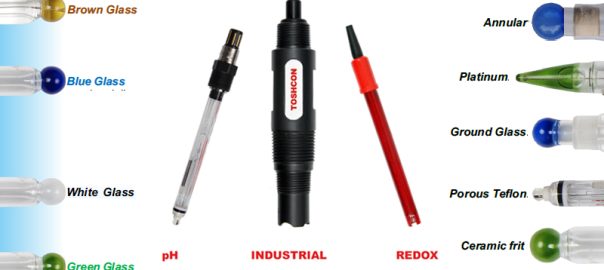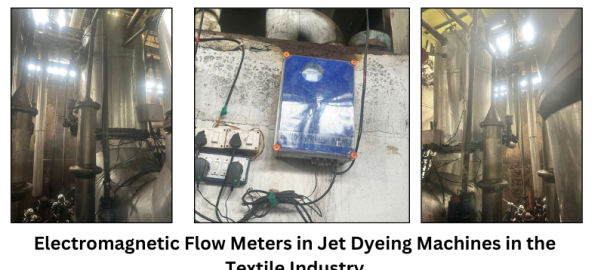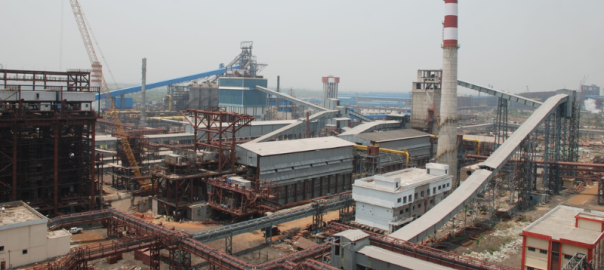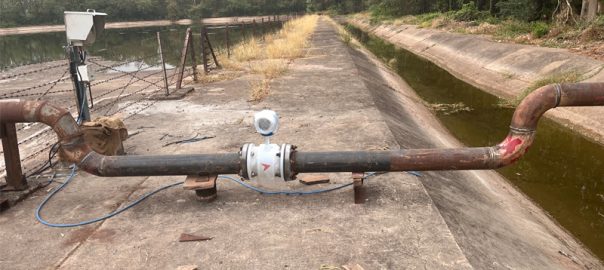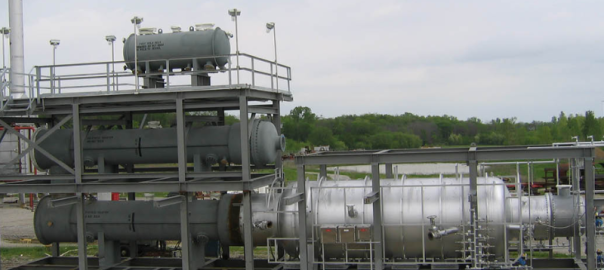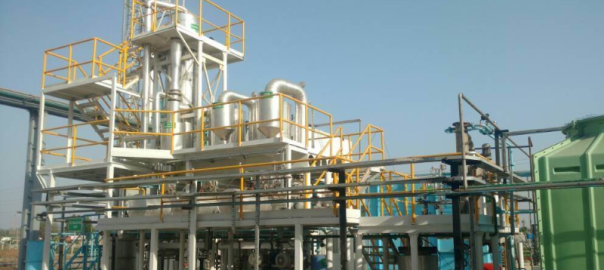
Cost-effective, accurate, highly reliable, and rapid measurement systems are critical to the dairy industry’s ability to monitor the quality of dairy products. This article will look at how the inclusion of sensors has improved the dairy industry and recent advancements in this sector.
Sensors in Food and Beverage Analysis
Modern automation tools are designed to ensure compliance with the technology for the production of milk and dairy products at every stage. Dairy manufacturing is a highly competitive industry with strict quality standards and a low margin of error.
The degree of automation, production efficiency, effective cleaning, hygienic design, and, ultimately, food safety are critical factors in the dairy processing industry’s competitiveness. The dairy processing business maintains a fine line between food safety and equipment efficiency, much like a balancing act.
Sensors are becoming increasingly significant as a means of improving efficacy and efficiency.
How and Why are Sensors Used in the Dairy Industry?
The quality of milk and dairy products directly depends on the correct implementation of technological processes, compliance with technical regulations and regular sanitary and hygienic treatments of tank and pipeline systems.
At present, a highly efficient solution to these problems and a significant reduction in losses and damage to products are ensured by introducing process control systems based on sensors.
Control Heat Treatment
Careful control of heating during pasteurization of milk and preparation of sour cream or cottage cheese will help avoid overheating, resulting in a high-quality product and reducing energy consumption. To monitor this critical parameter, temperature sensors with a measuring range of up to 150 0C at pressures up to 850 bar are used.
Pressure Drops across the Heat Exchanger
During the regeneration phase, the safety of dairy products is ensured by the correct pressure drop. Hygienic pressure sensors with a flat front diaphragm are used for stable and accurate measurements in this phase. These devices have an increased margin of safety, resistance to shock, abrasives, and other aggressive environments.
Controlling Level of Products and Working Fluids
Hydrostatic or ultrasonic level sensors can control the level in tanks with dairy products in surge tanks. These sensors can produce the most accurate measurements, even at minimum values, suitable for measuring foamy milk and aggressive substances.
Packing and Packaging Control
At the final stages of dairy production, capacitive and optical sensors are traditionally used. With the help of capacitive sensors, the presence of products in the package is monitored.
On the other hand, optical sensors control the presence of caps and labels, as well as determine the level of liquid in a transparent container, provide its count, and detect translucent plastic bottles and other objects.
How Can Sensors Help to Optimize Different Areas of the Dairy Industry?
Sensors are essential in today’s dairy farms for real-time monitoring and management of production. In addition, in today’s data-driven farming environment, sensors are critical data sources and enablers for precision farming and other data-driven farming practices.
There are numerous advantages to using heat flow sensors like the Baumer FlexFlow sensors in the dairy business, such as their ability to assess the flow rate and temperature of a product at once. In addition, these sensors are virtually maintenance-free as they have no moving parts, so they can be used to monitor cross-flow filters for many years.
Overflow and foam are prevented from entering the vacuum cycle by level sensors during deaeration, and pumps are safeguarded from running dry during the loading and emptying of tanks and pipes. Small vessels/tanks can be kept at a constant level of regulation with the help of these sensors.
To break down fat globules, homogenization systems require regular process controls. Flow and pressure sensors can be used in conjunction to control the rate of feed, pressure, and homogenization quality. Temperature sensors also ensure that the homogenization temperature is kept at an appropriate level to ensure the highest level of food safety.
The dairy industry can benefit from sensors that monitor physiological, behavioral, and production variables in dairy cows and earlier detection of ill cows. Several sensors are available on the market, including sensors for mastitis and oestrus detection in dairy cows and young stock. These sensors can improve detection rates, acquire insight into the reproductive level of the herd, increase farm profitability, and reduce labor.
Commercial Suppliers of Sensors
Baumer
Baumer offers sensor solutions for every process and application, from milk delivery to end-of-line packaging. Baumer invests extensively in research and development and collaborates closely with industrial clients to ensure that its products contribute to the overall efficacy of equipment operating without jeopardizing food safety. With over 40 years of experience in the food business, Baumer has significantly contributed to reduced downtime, greater system availability, and improved product quality.
Endress+Hauser
Endress+Hauser is well-versed in dairy processing’s high demands and obstacles. They have a wide range of hygienic flow, level, pressure, temperature, and analytical sensors manufactured, designed, and optimized for use in the food and beverage sector.
The temperature sensor developed by Endress+Hauser is the fastest for hygienic processes in the dairy industry. This cutting-edge technology aids in quality improvement while also lowering costs. Temperature measurements that are accurate while also being rapid ensure the highest level of process quality and consistency in the final product.
Afimilk
Afimilk is the world leader in inventing, manufacturing, and marketing innovative computerized dairy farm and herd management systems. Afimilk sensors can collect data on the amount of milk each cow produces, the milk components, and other information that can be used to diagnose each cow’s physical health.
For example, this collects information on cows who haven’t gotten enough rest and sends a notification to the visiting veterinarian via smartphone when calving begins.
Conclusion
Dairy makes up about ten percent of the world’s protein and is an important part of many people’s daily diets. However, it’s also resource-intensive, so improving the industry’s efficiency and sustainability has never been more critical.
While traditional methods fail to meet rising demands, the use of sensors and artificial intelligence (AI) can assist farmers and manufacturers in overcoming many of the current issues.

